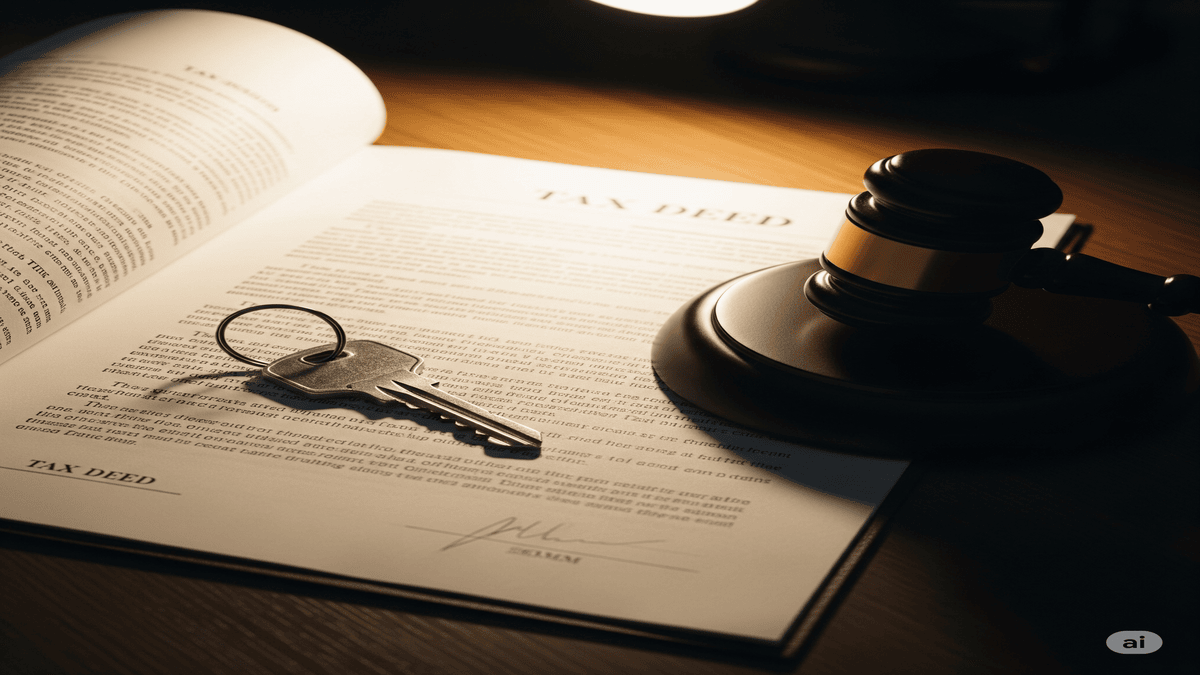Pappedeckel: The Cardboard Lid with a Cultural Twist
The pappedeckel is more than just a simple piece of cardboard. In German, “pappe” means cardboard and “deckel” means lid. Together, the word refers to a cardboard lid, often used to cover takeaway coffee cups, protect drinks, or even seal food containers. While this might sound like an ordinary item, the pappedeckel has an interesting cultural presence, especially in Germany.
From coffee culture to eco-friendly packaging, the pappedeckel represents a small but significant example of how everyday objects can shape habits and industries. This article explores its history, uses, environmental role, and why it continues to be relevant today.
Origins of the Pappedeckel
The invention of cardboard packaging in the late 19th century paved the way for many practical uses, including disposable lids. The pappedeckel emerged as an easy, low-cost way to cover drinks or food. In Germany, where takeaway coffee culture began to expand during the mid-20th century, cardboard lids became a convenient alternative to heavier reusable covers.
Interestingly, the term has also appeared in slang. In some contexts, “Pappdeckel” can be used humorously to describe something flimsy or unimportant. This dual meaning gives the word a quirky charm in everyday conversation.
Everyday Uses
The pappedeckel has multiple functions:
-
Coffee and Tea Cups – It keeps beverages warm and prevents spills during transport.
-
Food Containers – Small bowls of soup or stew often have a cardboard lid for insulation.
-
Baked Goods – Pastry boxes sometimes include a pappedeckel-style lid to keep contents fresh.
-
Promotional Packaging – Cafes often print logos or slogans on these lids for marketing purposes.
In Germany’s bustling urban centers, takeaway drinks are a morning ritual for many. Without the pappedeckel, that ritual would be messier and less convenient.
Environmental Benefits
Sustainability has become a key topic in packaging. Fortunately, most pappedeckel products are made from recyclable or compostable materials. This makes them an eco-friendly alternative to plastic lids, which can take centuries to break down.
By using cardboard instead of plastic, businesses help reduce plastic waste and lower their environmental footprint. For environmentally conscious customers, this switch can influence where they choose to buy their daily coffee.
Cultural Significance in Germany
The pappedeckel has an unexpected place in German pop culture. The famous Berlin café chain “Einmal mit Alles” once used lids with printed jokes, turning an everyday item into a conversation starter. Some art projects have even turned stacks of cardboard lids into sculptures, proving that functionality doesn’t have to exclude creativity.
In local dialects, the word has also made its way into idiomatic expressions, often with humorous or sarcastic undertones. This linguistic flexibility shows how everyday objects can gain symbolic meaning over time.
Innovations and Modern Variations
While the traditional pappedeckel is plain cardboard, recent innovations have brought changes:
-
Wax-Coated Lids for better liquid resistance.
-
Custom Printing for branding and marketing campaigns.
-
Biodegradable Coatings that maintain durability without harming the environment.
-
Heat-Resistant Designs for safer handling of hot drinks.
These improvements help businesses meet both functional and branding needs while keeping sustainability in mind.
Challenges and Limitations
Despite its advantages, the pappedeckel does have limitations. Cardboard lids can soften if exposed to moisture for too long, making them unsuitable for extended storage. Additionally, some consumers still prefer plastic lids for their durability.
However, as environmental awareness grows, these challenges are being addressed through better materials and designs.
Future of the Pappedeckel
With the European Union’s regulations on single-use plastics, cardboard alternatives like the pappedeckel are likely to become even more common. Innovations in biodegradable materials will further improve performance, making them stronger and more resistant to moisture without sacrificing eco-friendliness.
Given the cultural affection for coffee-to-go in Germany, the pappedeckel will likely remain a staple in everyday life for years to come.
Frequently Asked Questions (FAQ)
1. What is a pappedeckel?
It is a cardboard lid used for covering coffee cups, food containers, and other packaging.
2. Is pappedeckel recyclable?
Yes. Most are made from recyclable cardboard, and many are compostable.
3. Why is it popular in Germany?
It fits the country’s strong coffee-to-go culture and aligns with sustainability goals.
4. Can pappedeckel be used for hot drinks?
Absolutely. They are designed to retain heat while preventing spills.
5. Is pappedeckel better than plastic lids?
Environmentally, yes. They reduce plastic waste and decompose faster.
Final Thoughts
The pappedeckel may seem like a small detail in the world of packaging, but it carries significant cultural and environmental value. From protecting your morning coffee to supporting eco-friendly initiatives, it proves that even everyday items can make a difference.
As sustainability becomes more important in daily life, this humble cardboard lid stands as a simple yet impactful solution—practical, recyclable, and deeply woven into the rhythm of modern German life.
